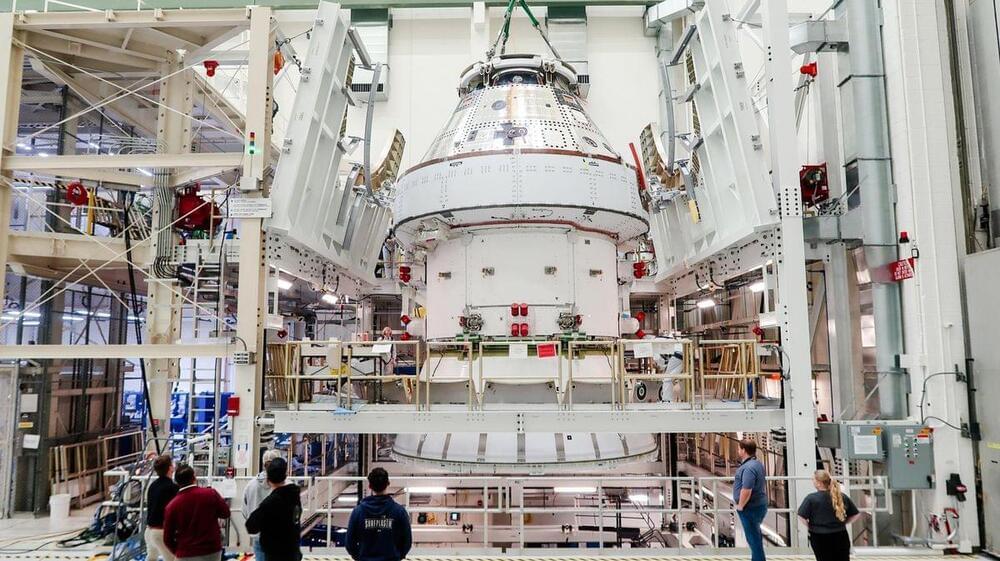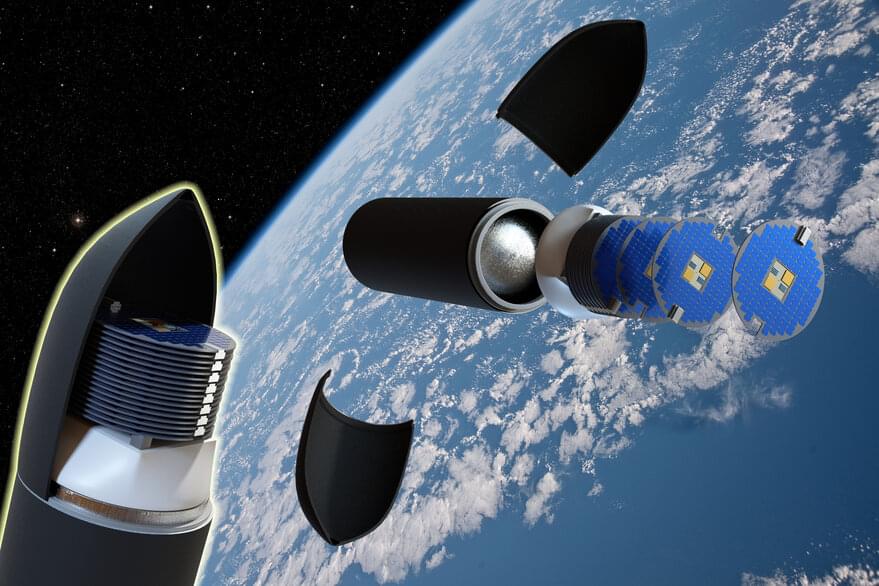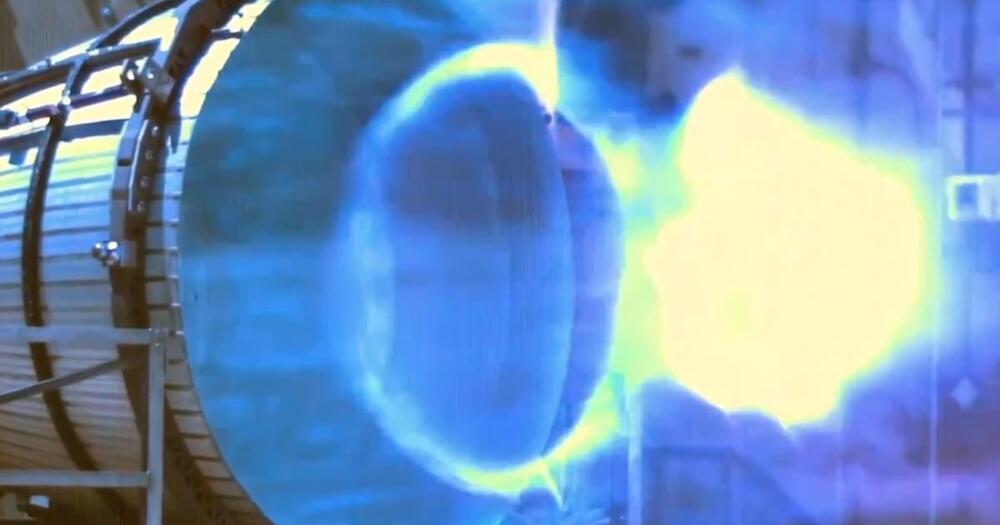Learn more from a science course on Brilliant! First 30 days are free and 20% off the annual premium subscription when you use our link ➜ https://brilliant.org/sabine.
Hyperjumps, wormholes, and warp drives sound like science fiction, but they’re actually based on real science! Though I believe out of the three, warp drives are the most plausible. The math seems to agree. Today I want to tell you about a new way of analysing and visualizing warp drives.
Code: https://github.com/pbbp0904/WarpFactory.
🤓 Check out my new quiz app ➜ http://quizwithit.com/
💌 Support me on Donatebox ➜ https://donorbox.org/swtg.
📝 Transcripts and written news on Substack ➜ https://sciencewtg.substack.com/
👉 Transcript with links to references on Patreon ➜ / sabine.
📩 Free weekly science newsletter ➜ https://sabinehossenfelder.com/newsle…
👂 Audio only podcast ➜ https://open.spotify.com/show/0MkNfXl…
🔗 Join this channel to get access to perks ➜
/ @sabinehossenfelder.
🖼️ On instagram ➜ / sciencewtg.
#science #sciencenews #warpdrives #physics



